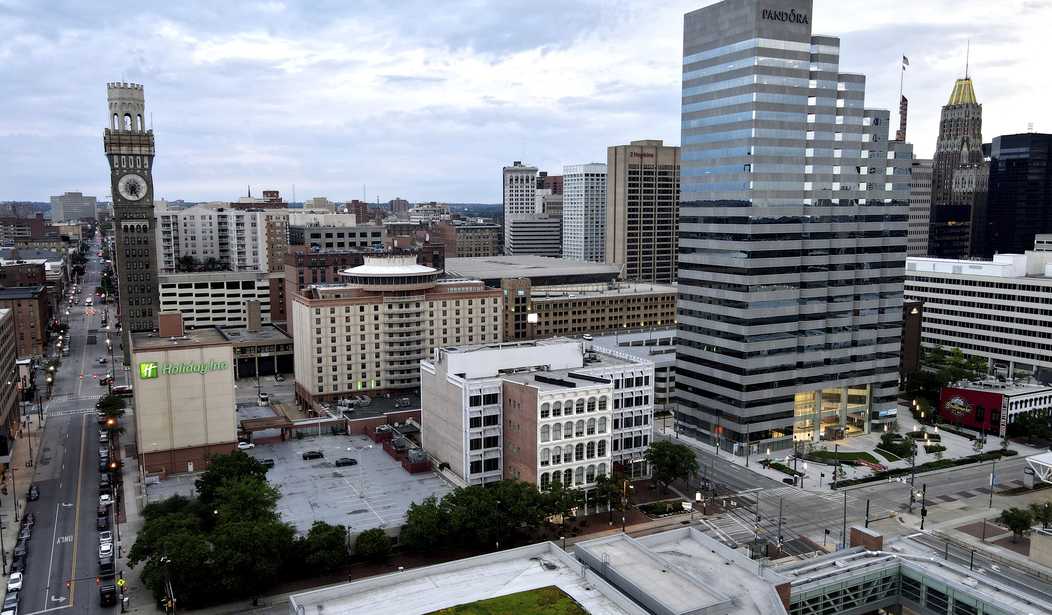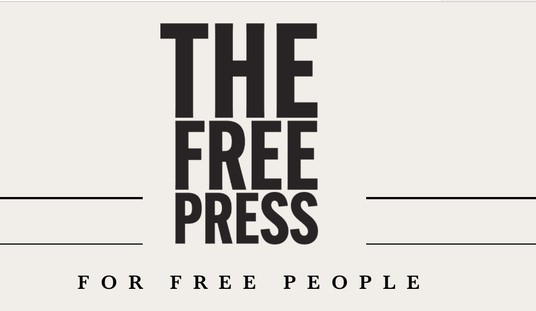Last month I wrote about the release of the National Assessment of Educational Progress (NAEP) test scores for 2024. The news was not good.
The data showed that reading scores, which had fallen dramatically from 2019 to 2022, fell again in 2024, with a record portion of eight-graders scoring in the lowest category for proficiency. Math scores rose a bit for fourth-graders — a bright spot — but were flat in eighth grade compared to 2022.
So the news is bad almost everywhere but in Baltimore city where the cost of public schools has been skyrocketing, the scores showed a slight improvement in math and no change in reading since the last set of tests two years ago.
However, there is a catch. Baltimore's scores didn't drop but that's probably because the city's schools are already near the very bottom, ranking 4th from last in both math and reading on a list of 26 large school districts.
In late January, NAEP released the 2024 results. Soon after, City Schools posted an article with this headline, “City Schools’ students make third largest gains in fourth-grade math on national school report card.” That statement is true. Baltimore City’s fourth grade math scores rose eight points since 2022 from 201 to 209.
City Schools CEO Dr. Sonja Santelises is quoted, “Our fourth-grade math performance is encouraging. We know our approaches are working.”
But what City Schools doesn’t mention in the article is that, even with those gains, Baltimore City recorded the fourth lowest score in the nation among the 26 districts tested, which is consistent with where the school system has historically ranked.
There may be a slight improvement compared to two years ago but if you expand the timeline to show the city's school performance over the past seven years, you find that overall the picture is one of decline.
The 2024 scores have declined in every category compared to 2017. And Baltimore’s scores in three of the four categories declined by more than the national large city average during that same seven-year period.
Equally shocking is that while test scores are down, spending on they city's schools has gone up sharply. Since 2020 the annual budget has increased $400 million dollars, from $1.3 billion per year to $1.7 billion. That means spending per student is around $22,000 per year, one of the highest rates in the nation.
I continue to wonder how the city's residents put up with such poor results despite the huge amount of spending involved. Here's the WBFF report on the NAEP results in the city.







Join the conversation as a VIP Member